This volume of the Indo-Tibetica is dedicated to the six temples of Tsaparang, the temples of Samvara and of Vajrabhairava, the White temple, the Red temple, the Temple of the prefect, and the Lo-than dgon-pa. These temples are unique examples of early Tibetan mural paintings as well as sculptures, all direct derivations from Indian traditions, and some of them even from the brush of Indian masters. In the feminine deities frescoed on the walls we can discern the continuation of the tradition of Indian miniatures. Professor Tucci speaks at length about the importance of the art of these temples. He discusses the evident traces of Indian inspiration in the accuracy of execution, the delicacy of drawing, chairoscuro effects, figures in profile rather than in frontal aspects, and so on. The art of Tsaparang has unique importance for the last phase of Buddhist art in India, especially in its Kashmiri idiom. He deals at length with the iconography and symbolism of Samvara; his Mandala along with its dakinis and asta-smasana. The Mandala of Vajrabhairava, various cycles of Vairocana. Tara, Vajrapani and Guhyasamaja are also detailed. In a long preface Prof. Lokesh Chandra elucidates the problems left open by Tucci, like the role of photism in the developments from Amitabha to Mahavirocana, and the transformation from the orgiastic Aksobhya cults to yab-yum mahayoga deities, dichotomy of square and circle in the Mandala, various classifications of the forms of Tara, and so on. The volume is a must for the History of Art, Buddhism, Indian Art of the post-millenium, Tibetology, cultural anthropology and Himalayan studies.
Buddhism in Ancient Bengal
$20.70
$23.00


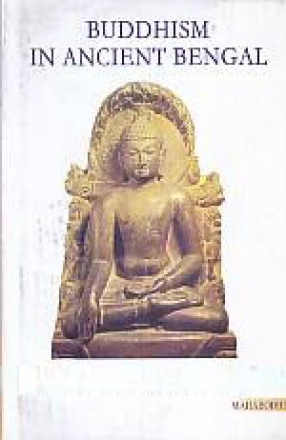
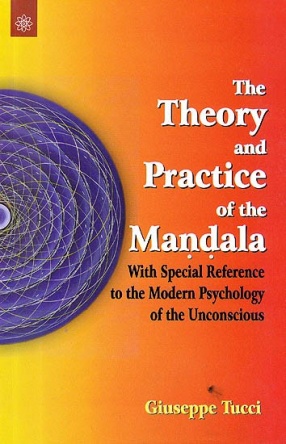
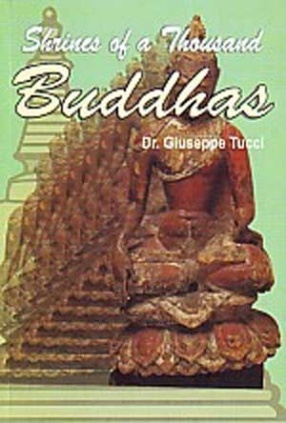
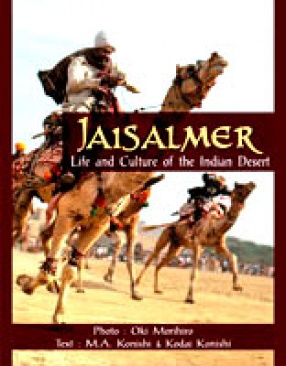
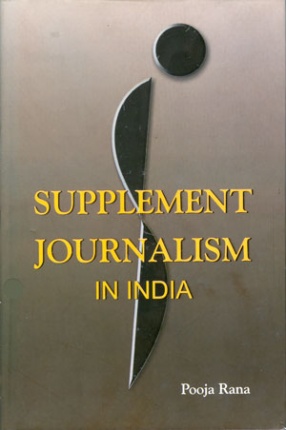

There are no reviews yet.